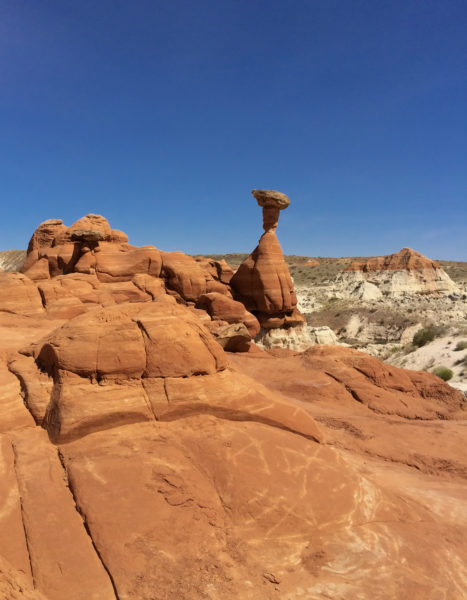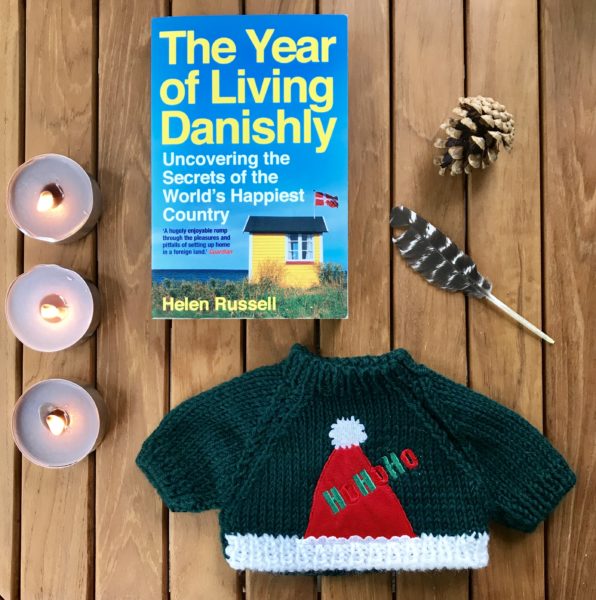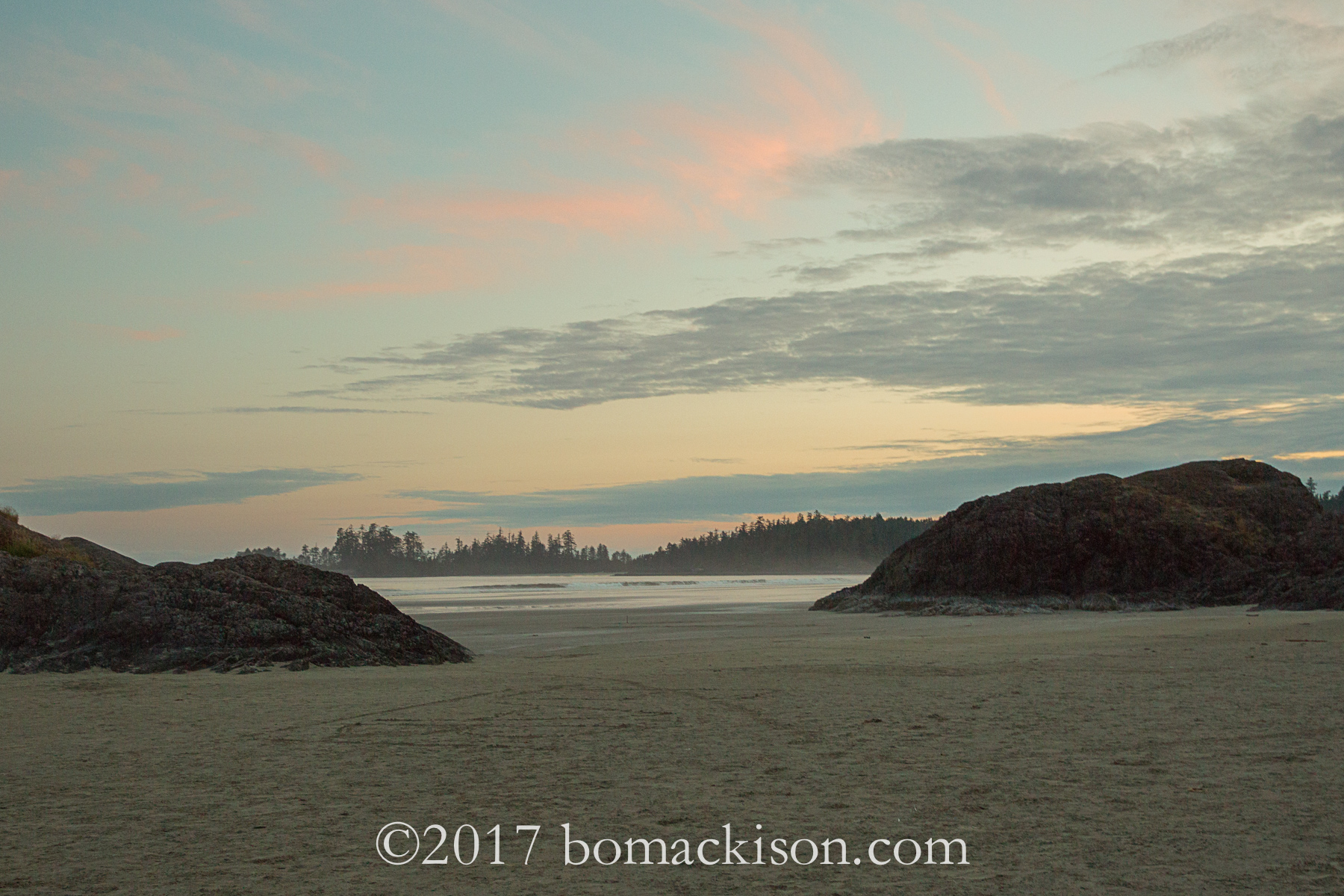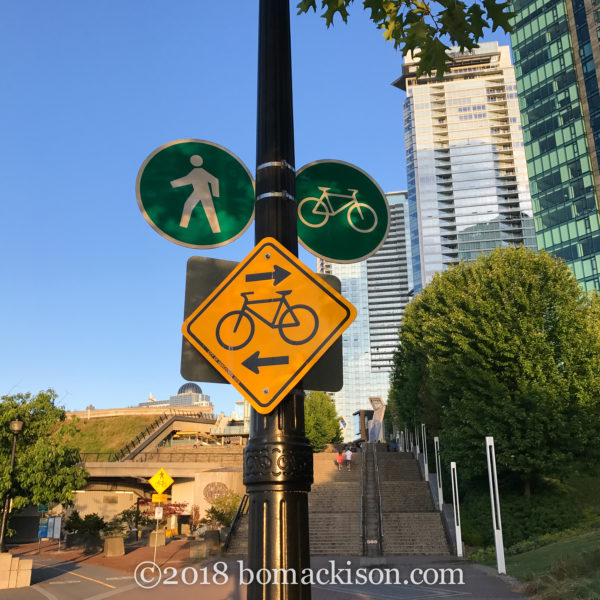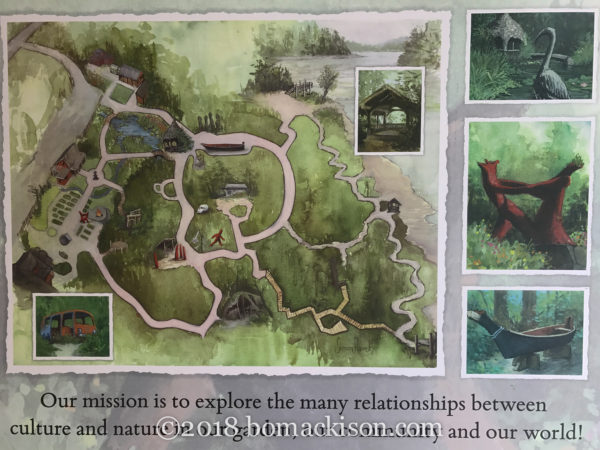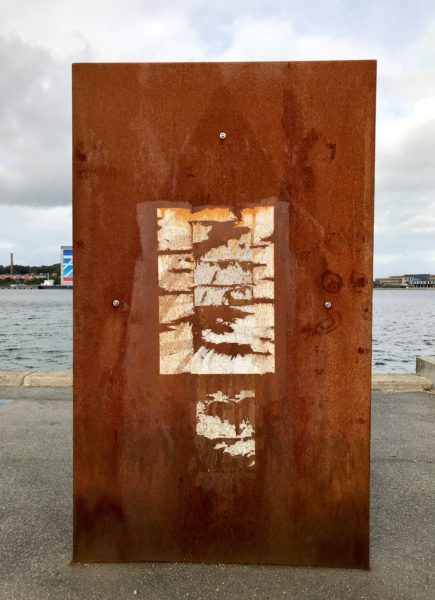
“Be an opener of doors” ~ Ralph Waldo Emerson
A few weeks ago, as I neared the departure time for a long-anticipated, long-planned for journey, I thought about doors and portals and thresholds. I chose the traveling theme “DOORS” and planned to take a photograph and/or write a few words with that theme in mind whenever the opportunity felt right.
Doors and thresholds and portals – to new and exciting places. Stepping through bus doors and plane doors and hotel doors; past doors that have witnessed centuries of human existence– some moments heartbreaking, some humbling, some honorable; through doors that lead to all sorts of mystical, magical places.
I like the thought that going through the threshold of a door takes only a single step. And that is what every journey is — a single step at a time.
Through an architectural passage or embarking on plane or train? Yes. But also a step into the unknown, through fears and all sorts of unnamed resistance. Every passage through every portal is a small victory, stepping from the known into the unknown, experiencing the ordinary which is at the same time extraordinary.
Closing one door and opening another to a whole new adventure, to a new discoveries of meaning and beauty in unusual places and things.
There are times when beauty reveals itself slowly. Human culture seems to build its temples of meaning in the wrong places, in the garish marketplaces of transient fashion and public image. Beauty tends to avoid the siren call of the obvious. Away from the blatant center, it prefers the neglected margin. Beyond the traffic of voyeuristic seeing, beauty waits until the patience and depth of a gaze are refined enough to engage and discover it. In this sense, beauty is not a quality externally present in something. It emerges at the threshold where reverence of mind engages the subtle presence of the other person, place or object.” ~ John O’Donohue, Beauty
Here are a few of the doors/portals/thresholds I either passed through or passed by on my recent travels:
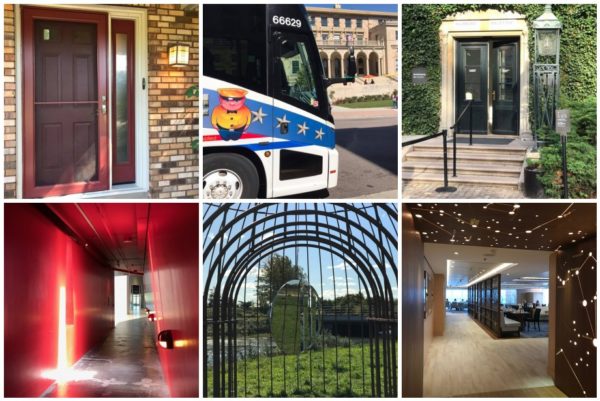
- My door at home, taken as we passed through on our way to a two week adventure, our first travels across the pond to Europe.
- The door to the Van Galder bus which took us on the first leg of our trip — from the Memorial Union at University of Wisconsin Madison to O’Hare International Airport.
- The Louisiana Museum of Modern Art, an hour’s train ride north of Copenhagen. One of our first experiences with the vast and efficient public transportation system in Europe. By asking lots of questions and getting the train station’s information guide to write out the destination (unintelligible to my ears because of the Danish accent) we arrived where we wanted to go. Amazing!
- Very red tunnel with sun-light “doors” which led to the Van Gogh exhibit at the ARKEN Museum of Modern Art. The ARKEN was a 30 minute ride from Copenhagen’s Central Station and gave us our first opportunity to experience train travel in Europe.
- Jeppe Hein’s Cage and Mirror stands near the bridge entrance to the ARKEN Museum.
- Passage from the Constellation Room to the Winter Garden on the ship Viking Sky.
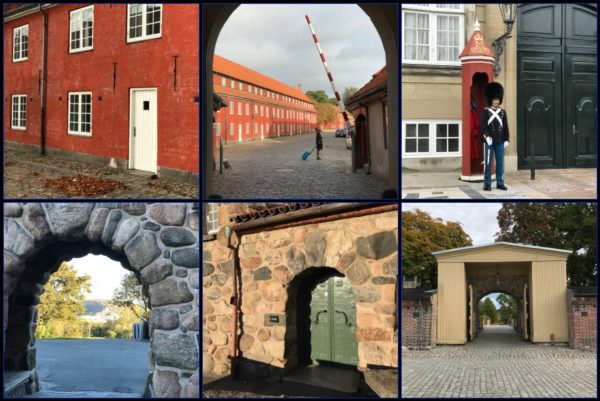
- Door leading to the soldiers’ quarters at Kastellet (Citadel) in Copenhagen, the installation dates from 1663.
- The Norway Gate of the Kastellet with guard and entry gate, now more of a park and historical fort than an operating military installation, although it still has its own soldiers quartered on the grounds. Built in 1663.
- Amalienborg, the royal family’s residence in Copenhagen. Crown Prince Frederik and Crown Princess Mary live here with their four children. Whenever they are present, the guards protect the residence. They carry automatic weapons; the changing of the guard is not just for show.
- Gothenburg, Sweden. Gate to an overlook of the city proper.
- Side entrance to the Masthugget Church in Gothenburg, Sweden. Built in 1914 on a high hill close to the city, it’s a striking sight from afar.
- Guard entry to the Akershus Fortress, still a military installation though it is open to daytime visitors. Parts of the complex date to the 1290s.
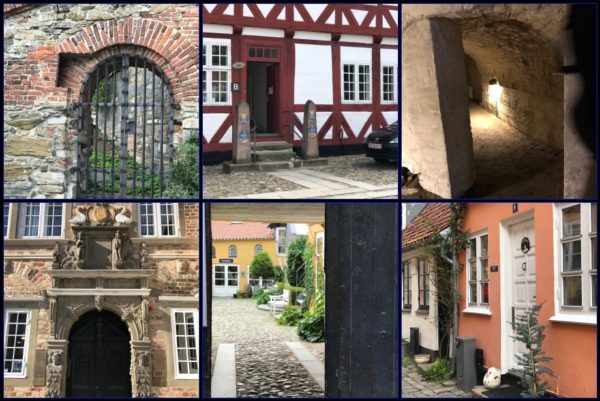
- Gate at Akershus Fortress, Oslo.
- Interior courtyard door at Aalborghus Castle in Aalborg, Denmark. Half-timbered castle built by King Christian III from 1539 to around 1555 as a fortification.
- Door to the dungeon where a woman of noble birth, accused of witchcraft, was held until trial. An Aalborg legend.
- Door of the house built in 1624 by Jens Bang, a wealthy merchant, and for more than 300 years, the building had been the home of Aalborg’s oldest pharmacy.
- A peek into a garden courtyard in one of the oldest residential areas in Aalborg.
- Pretty houses/doorways in historic Aalborg.
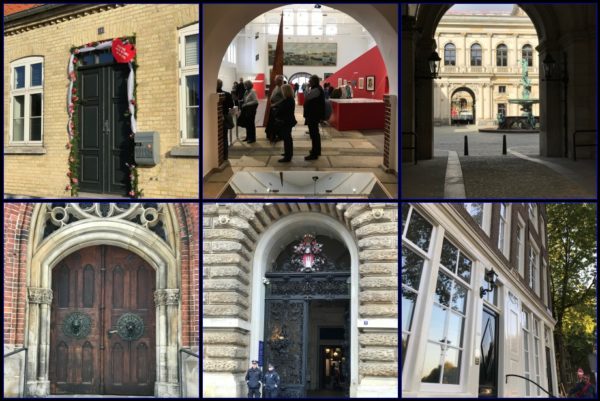
- Decorated door in Fredericia, Denmark. Neighbors and friends decorate doors for memorable occasions, typically a 25th or 50th wedding anniversary, though this door’s decor celebrated newlyweds.
- Kiel Maritime Museum. Interior door.
- A peek into the courtyard between the Hamburg (Germany) City Hall — more like a state capitol as Hamburg is a city-state — and the Hamburg Stock Exchange. Fountain of Hygenia, an important goddess who’s a symbol for hygiene. (Dating back to when sewers were open and flowing in the streets, she was of great importance…)
- Doors of St. Peter’s Church, parts of which date from 1100s. Hamburg Germany.
- Entrance to Hamburg’s City Hall building.
- A home on a canal in Amsterdam. Shiny white walls, red bricks, and a black door. In this historic area, these are some of the “allowable” colors for buildings.
